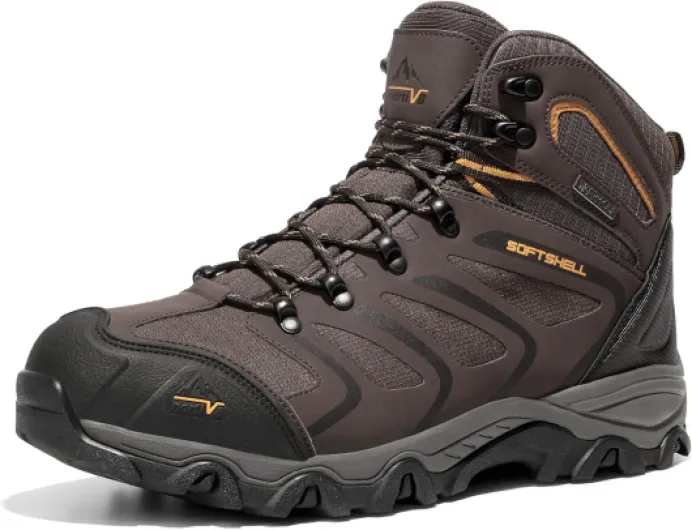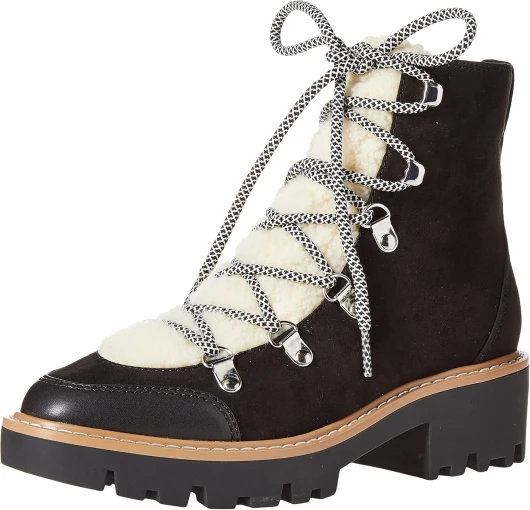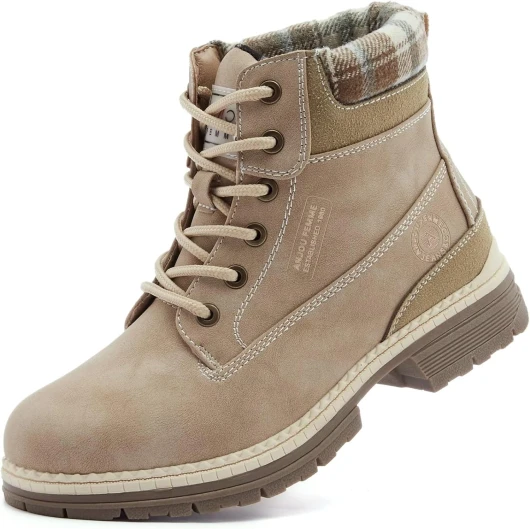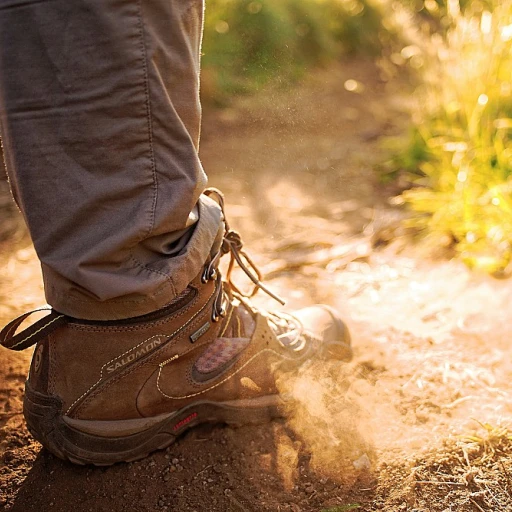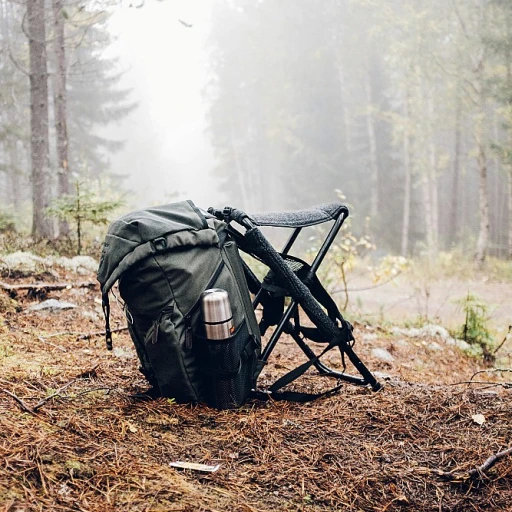
Understanding the Terrain
Terrain Types and Their Footwear Requirements
Choosing the best hiking footwear starts with understanding the terrain you'll encounter on your adventure. From well-trodden paths to challenging mountain trails, each type of terrain demands specific features from your shoes or boots to ensure safety and comfort.
If you’re tackling rocky and uneven trails, consider hiking boots with robust ankle support and a durable sole. This type of footwear offers the stability and traction needed for these challenging surfaces. In contrast, lighter terrain like grassy fields or manicured trails might be perfectly suited for hiking shoes or trail runners, which provide flexibility while maintaining comfort for your feet during day hikes.
For mixed or unpredictable terrain, a mid-high cut option can offer a blend of support and flexibility, suitable for longer hikes where conditions may shift. It’s essential that your hiking footwear not only protects but works with your feet, providing good support whether your path is a rugged mountain pass or a peaceful forest trail.
The terrain will also impact what you carry; the need for additional gear or changes in weather conditions can affect the overall weight you’ll experience on your hike. Thus, investing in the right hiking boot or shoe is crucial to match the specific demands of your adventure, ensuring your comfort and success on any trail.
Weather Conditions and Footwear
Weather Patterns: A Vital Piece in Your Footwear Puzzle
Choosing the right hiking footwear is not just about the terrain but also about the weather you're likely to encounter. Different weather conditions significantly impact the performance and comfort of your hiking equipment. Whether you are planning a day hike or a long-distance adventure, considering the weather can help you make a more informed choice between hiking boots and shoes. When navigating wet or muddy trails, waterproof hiking boots offer substantial advantages by keeping your feet dry and offering better grip on slippery surfaces. However, in less demanding conditions, you might find hiking shoes or trail runners to be more comfortable and breathable options. Breathability is a crucial factor during warmer weather, as it allows moisture to evaporate, keeping your feet dry and reducing the risk of blisters. For cold weather conditions, a well-insulated hiking boot can offer additional warmth and ankle support, which is essential when dealing with snow or icy terrain. On the other hand, during a hot summer hike, you might benefit from selecting a lighter hiking shoe that promotes ventilation. For those planning summer escapades, exploring the perfect summer hiking boots can further assist in making your selection. In conclusion, matching your footwear to the weather conditions you expect will not only enhance comfort but will also ensure you have the right amount of support and protection on your hiking journey.Comfort and Fit
The Importance of Finding the Right Fit
When venturing out on a hike, the comfort and fit of your footwear can be the difference between a memorable adventure and a painful experience. Having comfortable shoes or boots that provide adequate support to your feet and ankles is crucial for tackling any trail. Whether you choose hiking boots or shoes, the primary consideration should always be how well they fit.
Hiking boots are known for their ankle support, which is particularly beneficial on rugged terrain where stability is paramount. On the other hand, hiking shoes or trail runners are designed for those who prefer a lighter option. They can be more comfortable for long-distance and day hikes on well-maintained paths where high cut boots might feel too restrictive.
It's advisable to wear the same socks you plan to hike in when trying on new footwear. This helps in assessing how tight or loose the fit is, which is essential for preventing blisters and maintaining comfort. Also, consider a mid-high boot if you need support but want more flexibility than traditional boots offer.
In terms of support, hiking footwear should hug your foot securely without being overly tight. This not only aids in distributing weight evenly but also ensures that your feet remain stable and secure when navigating uneven ground. A good fit means less friction and reduced risk of discomfort on long trails.
Ultimately, the best hiking footwear is one that fits well, supports your hiking endeavors, and caters to your personal style and adventure needs. By paying attention to comfort and fit, you ensure that each step taken on your next hike leads to a rewarding experience rather than foot fatigue.
Durability and Longevity
Evaluating Wear-Resistance and Longevity
When choosing between hiking boots and shoes, considering durability should not be overlooked. Frequent adventurers understand that good hiking footwear needs to withstand the rigors of rugged terrains and provide ample support during long-distance hikes. Opting for the best hiking footwear ensures your investment lasts over time, giving you peace of mind on every trail.
Hiking boots are often constructed with materials like leather or synthetics which provide outstanding wear-resistance. Some brands introduce reinforced toe caps and midsole structures to protect against abrasions which occur when hiking on rocky surfaces. This results in boots being incredibly resilient against natural elements, making them ideal for high cut and mid high adventures.
On the other hand, hiking shoes and trail runners, while offering flexibility and being lighter in weight, might not provide the same level of durability as boots. However, they are excellent for day hikes and trail running where the terrain is less demanding. If you are primarily into shorter adventures, a hiking shoe with resilient materials can offer a balance between comfort and longevity.
When evaluating how long your hiking footwear will last, consider the type of trails and frequency of use. Aggressive hikes demand robust materials and designs that offer full protection. Proper maintenance also plays a crucial role. Regular cleaning and using appropriate conditioning can extend the lifespan of your footwear considerably.
Ultimately, the choice between boots and shoes comes down to how much wear and tear you're expecting during your outdoor activities. Assessing the durability alongside other factors like comfort and weight, as discussed previously, will guide you towards the ideal choice for your hiking needs, ensuring that your experience remains comfortable and enjoyable regardless of where the trail takes you.
Weight and Packability
Assessing the Load on Your Feet: Weight and Mobility
Choosing the right hiking boots or shoes not only involves understanding the terrain or weather conditions but also how the weight of your footwear affects your performance during your trek. The concept of weight becomes a critical point in decision-making, especially when planning long-distance hikes or day hikes. Consider this: Every extra ounce on your feet could feel like carrying additional weight on your back. When it comes to hiking footwear, lighter options like trail runners or hiking shoes often offer more flexibility, which can be beneficial for fast-paced adventures or day hiking on well-maintained trails. They typically offer minimal ankle support but are generally more comfortable for trail running or nimble movements across varied terrain. For those embarking on rigorous day hikes through rocky, uneven, or unpredictable terrain, hiking boots offer better stability and support. The trade-off, however, is that they are usually heavier than hiking shoes. Opt for mid-high or high-cut boots for enhanced ankle support, especially on challenging hikes. The extra weight in the boots hiking models provides more protection and is suited for carrying heavier packs over long distances. When deciding, weigh the importance of support against the necessity of reducing fatigue due to footwear weight. If packing light is essential for your adventure, lighter footwear like shoes hiking might be more suitable. Remember, finding the best hiking footwear goes beyond weight consideration, encompassing the overall balance and comfort they provide during your outdoor excursions.Cost Considerations
Weighing the Costs
When embarking on any hiking adventure, the cost of your footwear can be a pivotal factor in your decision-making process. The balance of your hiking shoes and boots spending will depend on various factors, including the specific requirements of your trail and personal preferences.
Prices for hiking boots and shoes can range significantly. High-quality hiking boots, particularly those from renowned brands, often reflect durability, excellent ankle support, and robust design, which can justify a higher price tag. However, if you're planning on tackling milder terrains or shorter day hikes, investing in trail runners or hiking shoes might be more cost-effective without sacrificing comfort or support for your feet.
It’s also important to consider the longevity of your hiking footwear. Investing in durable boots might save money in the long run as they could outlast cheaper alternatives, especially if you're frequently exploring rough terrain or embarking on long-distance hikes. The weight factor, previously addressed, also plays into cost considerations. Lighter shoes might be valuable on the trail but heavier, more solid boots may provide superior long-term support and durability, particularly for challenging adventures.
Lastly, always keep an eye out for sales or alternative outlets that may offer the best hiking gear at reduced prices. By understanding your trail demands and personal hiking profile, you can make an informed decision on where your footwear budget is best allocated for optimal performance and satisfaction on the trail.


